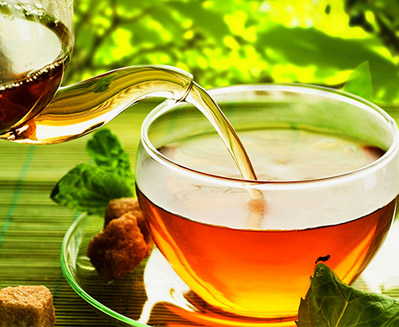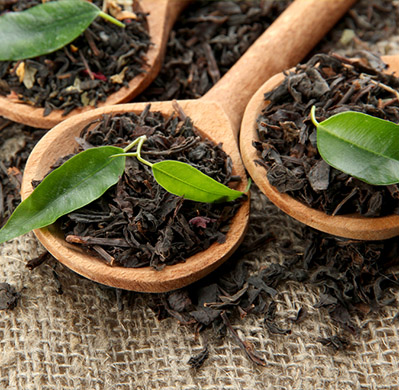Pure Ceylon Tea
The story of Ceylon Tea actually begins with coffee. In the early 18th century, our colonial rulers British developed the coffee industry and established Sri Lanka as the largest coffee producer in the world. However the coffee-rust fungus disease which had started appearing in the plantations started to effect productions and by 1869 the entire coffee crop Island wide was wiped out.
Devastated estate owners and authorities searched for a remedy and “tea” came to the country’s rescue. James Taylor, a Scot was the first Ceylon planter to succeed with tea production. He had acquired some basic knowledge of tea cultivation in North India and experimented with the idea of tea plantation in the Loolecondera estate in the late 1860s. By the time the coffee disease struck, Taylor had close to twenty acres of Loolecondera planted in tea and had shipped his first modest consignment – 23lb. in all – to England. Soon, planters from all over the hill country were visiting Loolecondera to learn how to grow and manufacture tea. Ceylon and its plantation industry were saved.
Since the 1880s, Ceylon tea has been the country’s principal and most famous export; for generations, it formed the backbone of the Sri Lankan economy, and plays a major part, even today, in the country’s fortunes.
Sri Lanka’s Tea Growing Regions




